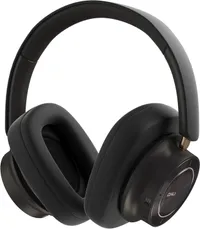These might be the best sounding headphones I've ever tested — and you won't believe the price

I loved the Dali IO-8. They're far too expensive to land a spot on our best headphones list, but they're easily my favorite wireless headphones around today. Or at least, they were my favorite — until I got to try their bigger brother.
Since I first saw them at a HiFi show, I've had my eye on the Dali IO-12. Their massive, plush earcups looked endlessly tempting and the potential for sound that's even more impressive than their cousins had me salivating. Sign. Me. Up.
So I procured a pair — and my goodness. I knew they'd be good, but I didn't know just how good something that costs nearly $2,000 would actually be. They're not perfect, but they sound incredible.
I've seen "expensive" headphones, but Dali's over-ears take the cake. They're sublimely comfortable, feature solid battery life, and sound unlike anything I've put on my ears. Wireless audio nirvana — with the price to match.
You're not paying for portability or ANC
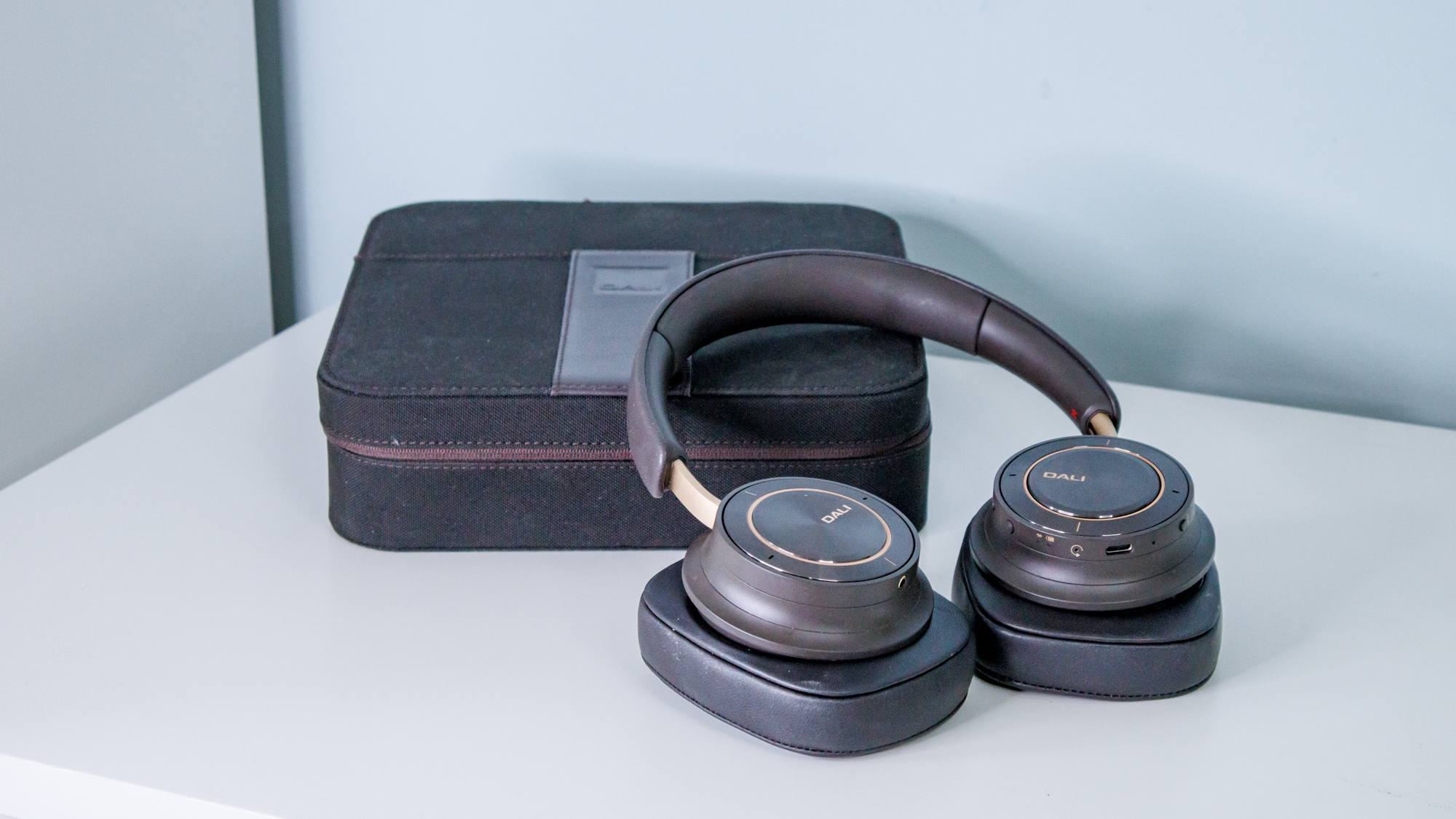
Before we can talk about what makes them well-worth their price, we have to cover their less-than-desirable aspects.
Pop them on your head and you immediately turn into a robot from a '50s sci-fi animation.
The IO-12 are not... small. They're quite large, from their earpads to their headband and the metal armatures that keep them together. Pop them on your head and you immediately turn into a robot from a '50s sci-fi animation, or a more fleshy version of Robby the Robot from Forbidden Planet.
Even the case is very large, hard and protective. It's not something that's easily going to slip into your backpack, that's for sure. A bit like early laptops, they're more luggable than outwardly easy to transport.
Because travel is more of an afterthought than their primary purpose, it makes sense why their noise cancelation performance is good, but not mind-blowing.
Get instant access to breaking news, the hottest reviews, great deals and helpful tips.
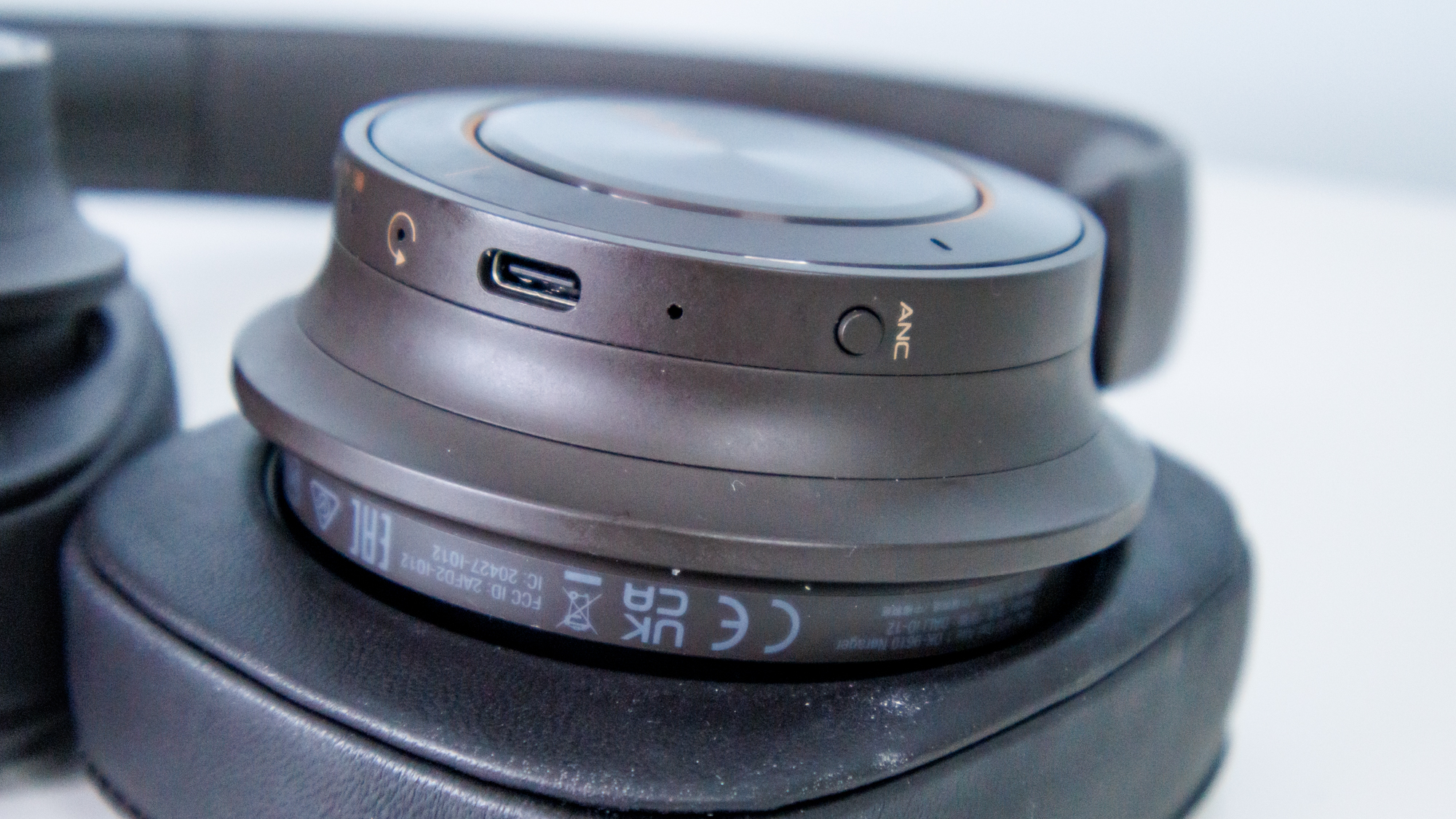
Dali has designed and built the ANC in the IO-12 not for out-and-out performance, but to make it easier to hear your music should things get noisy. It's not going to hold a candle to the likes of the AirPods Max or the Sony WH-1000XM6, but it does enough to smother out ambient background noise.
Most importantly, the ANC doesn't do anything to the sonic characteristics of the headphones. Your music sounds the same when it's on or off.
That's important, because even amongst the top best noise-canceling headphones there is some sound warping that can happen when you turn ANC on. That's because the ANC algorithm is using parts of your music to counteract the noise of the outside world, and it's something that you'll often be able to detect.
What about the features?
Well, there's no app for a start, so you can't control the EQ from your phone or adjust the ANC level. Instead, you have to rely on the on-device controls to change the settings.
There's an ANC key that changes between ANC on, transparency, or off. There's an EQ key which switches between 'bass' and 'hifi', and then the playback controls on the outer panel of the earcup. You can change the volume and skip tracks with the outer roundel, and play/pause with the middle button.
I love the physical controls — but they're certainly not future-facing.
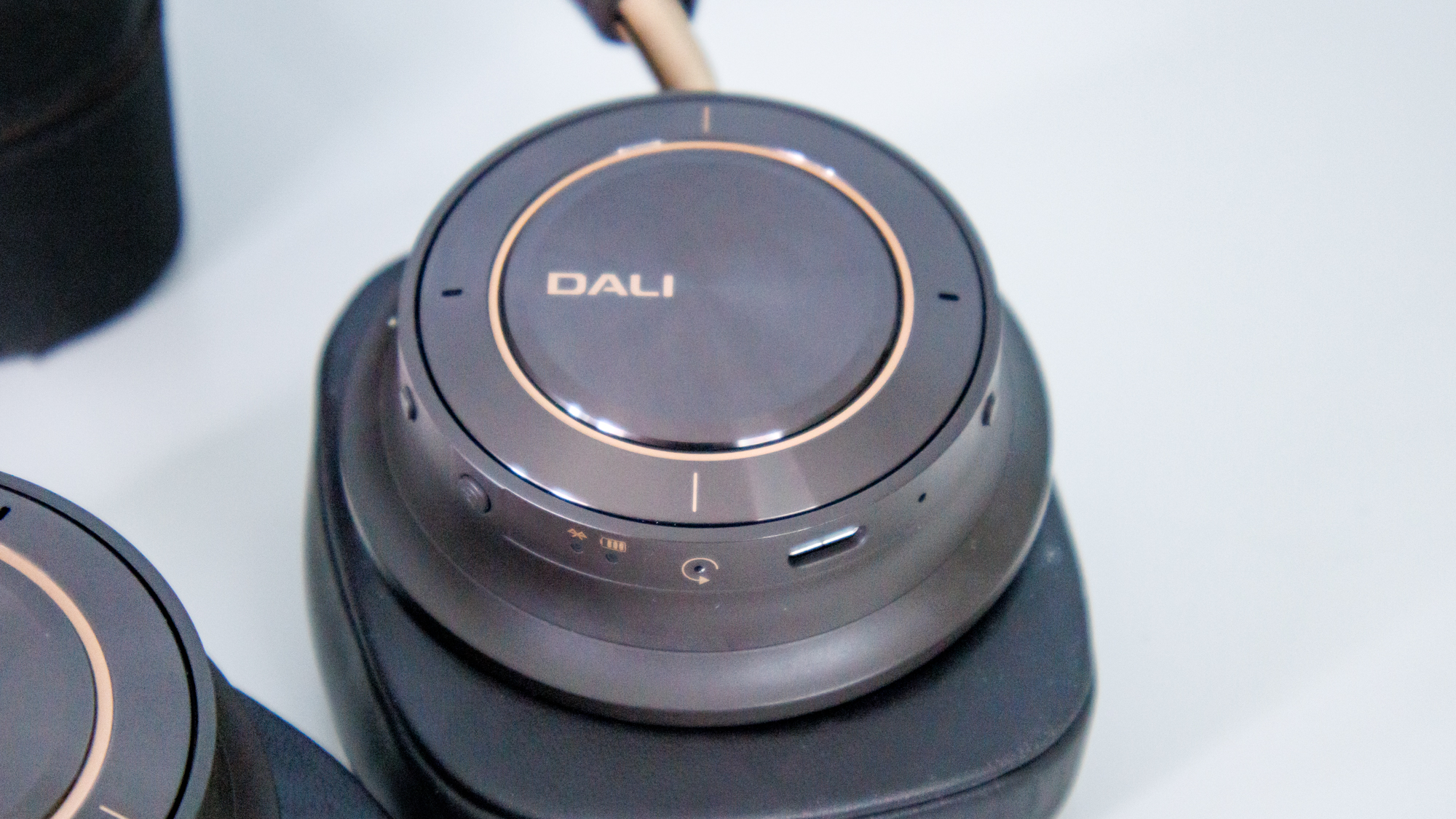
That's basically it for features. There's no spatial audio here for extra surround sound. No ANC mode that shifts depending on the noise around you, and no fancy extras like you'll find on the likes of the Bose QuietComfort Ultra Headphones. They're refreshingly simple.
In terms of battery life, you're only getting about 35 hours per charge, which is about the same as the leading models that cost a whole $1,200 less.
So far, apart from their incredible build and sumptuous leather padding (sorry vegans), there's little to show you where your money has gone.
And then you press 'play.'
It's all about the sound
Even if you use them wirelessly as opposed to their wired mode, the Dali IO-12 sound heavenly. There's a massive 50mm driver made in the same way as the brand's speaker drivers, using similar materials, that delivers some of the best bass weight of any headphones I've ever sampled.
The record scratches of Limp Bizkit's My Way give way to the massive bass impact and Durst's bravado. The drums hit hard and fast, the distorted guitars get angry and edgy. There's detail for days in the top end, never being overpowered by the powerful bass.
It's a sight to behold (or a sound to hear, although that perhaps lacks the gravitas we're looking for here) — and almost certainly not the kind of audio gear the boys were expecting their music to be played with.
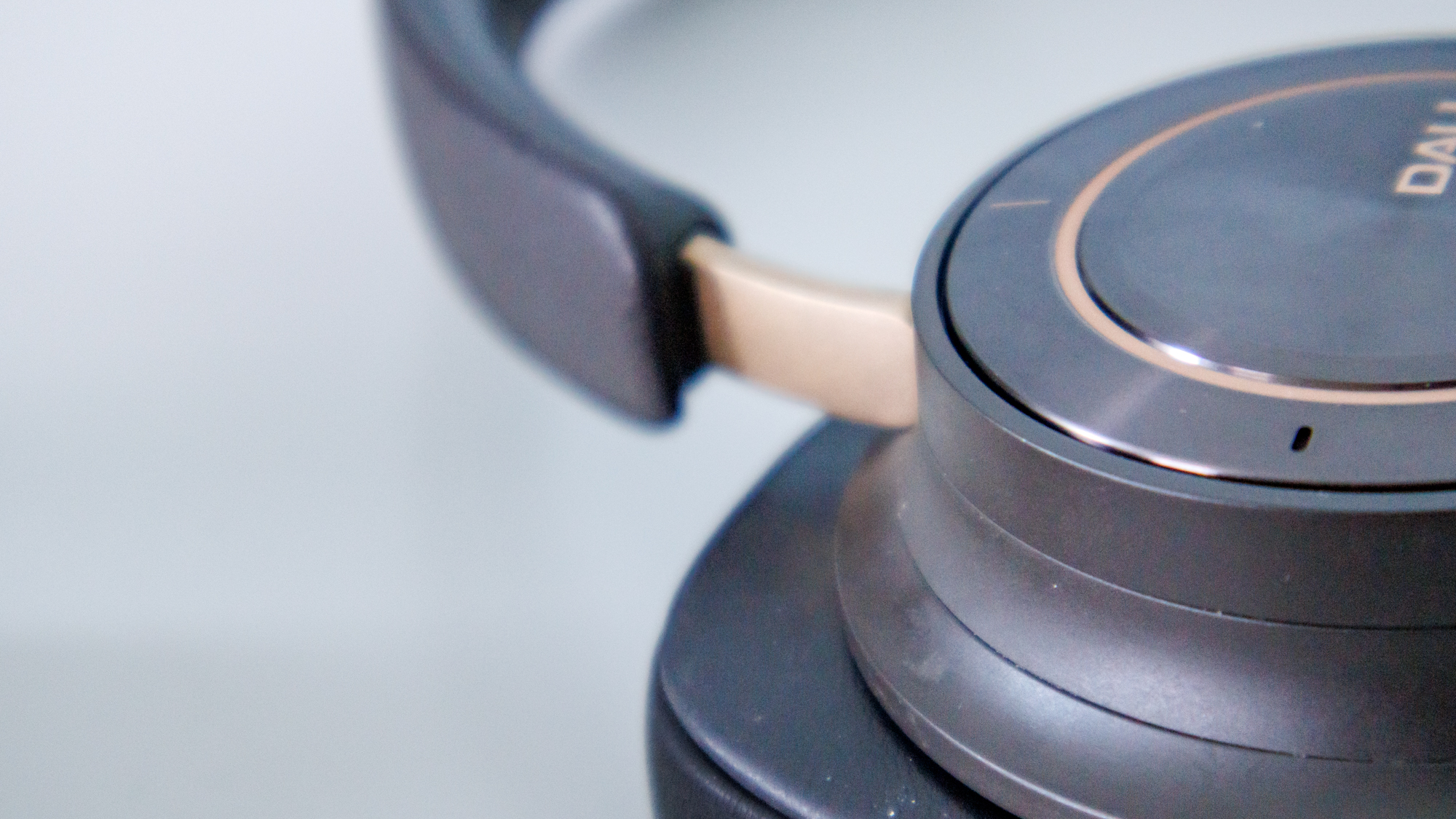
It's saddening to think you have to spend so much to get music to sound this good.
The soundstage, a spatial representation of the audio, is something to be envied by just about every other headphone maker on the planet: The soundstage does excellent work with orchestras and jazz bands, making sure you can place each instrument accurately. It's a masterwork of sound engineering — and it's saddening to think you have to spend so much to get music to sound this good.
The piano that emerges in the right earcup about mid-way through Paradise by the Dashboard light as Meat Loaf slams his fingers on the keyboard particularly shines. In perfectly audible layers you'll hear the incredible vocal clarity as Ellen and Meat Loaf discuss the various merits of their teenage love affair, the drums that clash and the bass guitar that lays down its devious groove.
Plug them into a good audio source, and things get even better. The detail is dialed up to eleven, the mids widened, and the bass even more powerful. There's something massive about the way that the IO-12 sound.
It certainly shows where the money goes when you spend this much money on a pair of headphones. There's zero distortion at higher volumes, making it all too easy for the dial to creep further towards hearing-damaging levels.
But should you buy them?
Sure, there are expensive (and even slightly cheaper) wired options that sound better than the Dali IO-12. But here you're paying for the whole package — a pair of headphones that sound like audiophile cans without the need for a cable.
Are they worth $1,750? No, there's not very much that is.
Are they a sublime showing of the kind of performance you can get out of a pair of wireless headphones? Absolutely — and I adore them.
If you want headphones that will allow you to hear your music in an entirely new way and have over a grand in disposable income, I'd make the case for them. But if decent sound quality is simply another feature to be ticked off in a long list, there are much cheaper options on our list of the best cheap headphones that will suffice.
More from Tom's Guide
- Netflix has racked up 20 No. 1 shows in 2025 (so far) — here are the 5 you shouldn't miss
- I tested Waze vs. Google Maps for a weekend trip — and there's a clear winner
- New study says the 'one-set rule' could help you build more muscle in the gym (while doing less) — here's how

Tammy and her generous collection of headphones have found a new home — Tom's Guide! After a two-and-a-half-year stint as iMore's resident audiophile, Tammy's reviews and buying guide expertise have more focus than ever on Tom's Guide, helping buyers find the audio gear that works best for them. Tammy has worked with some of the most desirable audio brands on the planet in her time writing about headphones, speakers, and more, bringing a consumer focussed approach to critique and buying advice. Away from her desk, you'll probably find her in the countryside writing (extremely bad) poetry, or putting her screenwriting Masters to good use creating screenplays that'll never see the light of day.
You must confirm your public display name before commenting
Please logout and then login again, you will then be prompted to enter your display name.
